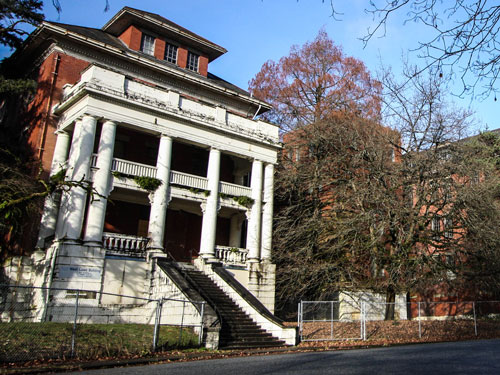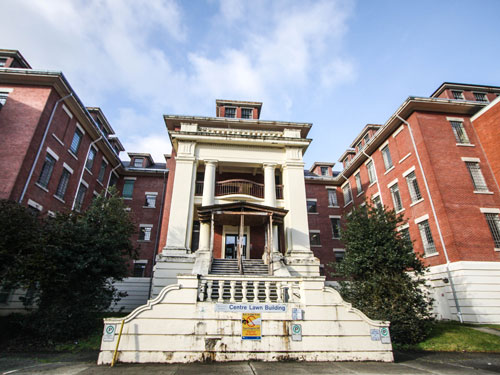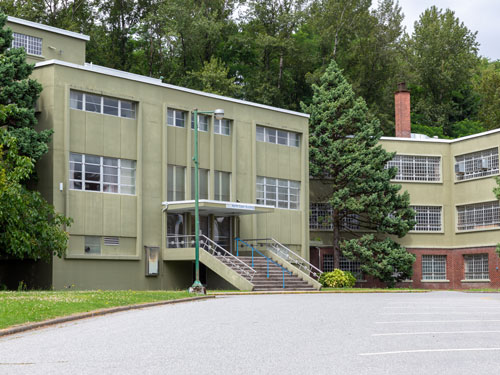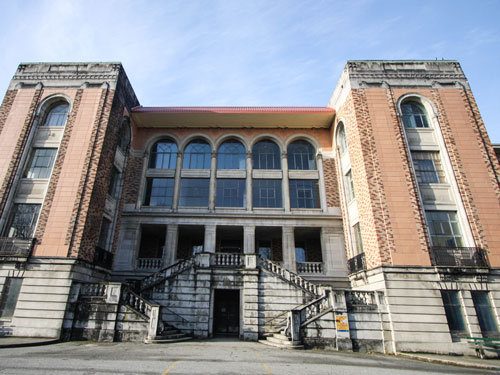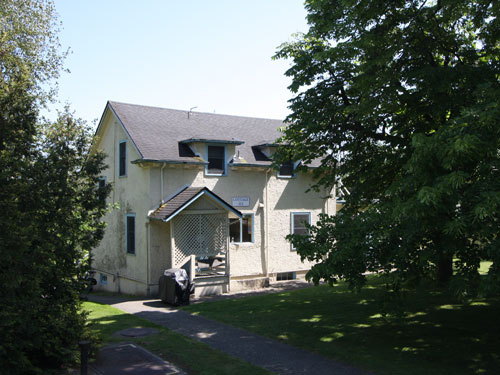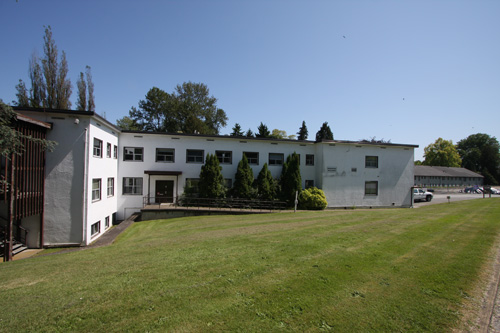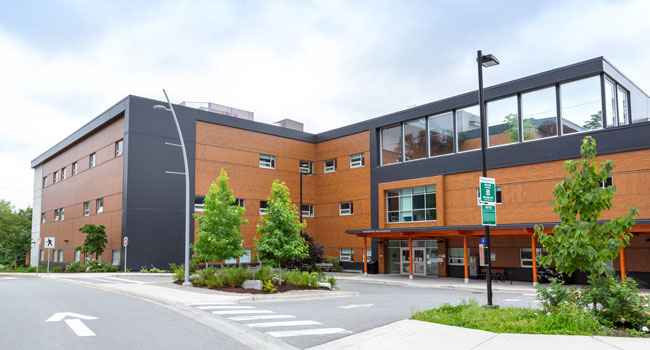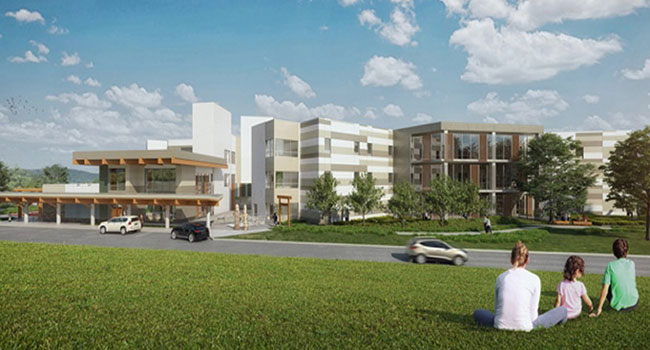Boys Industrial School Cottages (BISCO)
The Tudor-style cottages were completed in 1922 as part of a much larger campus for the Boys Industrial School of Coquitlam (BISCO). In the 1920s, some believed that behaviours of "difficult" youth could be corrected through hard work. It was mandatory for youth to work as labourers at Colony Farm. This view was later challenged and the BISCO program shifted to educational tasks. The BISCO program was eventually relocated. The cottages were repurposed in the 1950s for the Essondale Home for the Aged [sic], later referred to as Valleyview Hospital.
Holly Drive Cottages
There are nine cottages on Holly Drive. They were originally built to accommodate staff who worked on-site. Cottage 106 was constructed in 1918 as the Farm Superintendent’s residence. Cottage 108 (1927) was used as the Chauffeur’s residence. Cottage 110 (1922) was the Boys Industrial School Chief Steward’s residence. The cottages are currently occupied by healthcare providers.
Oak Terrace Cottages
There are six cottages grouped along Oak Crescent to the north-east of the North Lawn building. They were originally designed as employee accommodations in the 1920s.

